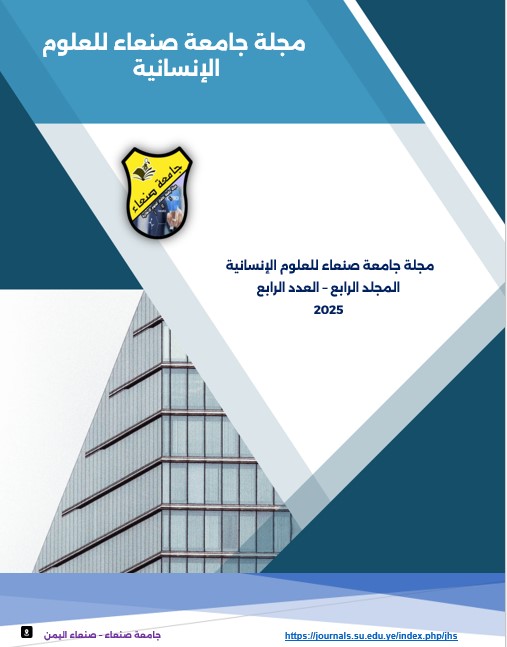Nasr bin Muzahim And the Narratives that Accused by Ibn Adi"
Main Article Content
Abstract
This study examines the figure of Nasr bin Muzahim Al-Manqari and the narratives attributed to him, which have been accused by Ibn Uday. Specifically, it focuses on five hadiths cited in Ibn Uday's work, "Al-Kamil fi Du'afa al-Rijal," in relation to Nasr bin Muzahim. The primary objective of this research is to conduct a thorough analysis of Nasr bin Muzahim's character through the lens of criticism (jarh) and endorsement (ta'dil). This involves a comprehensive review of the statements made about him, an examination of the contested narratives, and an evaluation of the supporting evidence.
The methodology employed includes both an inductive approach and a comparative analytical framework. The study meticulously follows the assertions made by scholars of jarh and ta'dil regarding Nasr bin Muzahim, while also scrutinizing the hadiths for which he has been deemed weak. The research is structured into two main sections: the first section provides a biographical account of Nasr bin Muzahim Al-Manqari, which is further divided into four subsections: (1) his name and lineage, (2) his teachers, students, and literary contributions, (3) the evaluations of scholars concerning his reliability, and (4) a discussion of the criticisms leveled against him. The second section addresses the specific narratives that have been labeled as weak in connection with Nasr bin Muzahim.
The findings of this research indicate that Nasr bin Muzahim Al-Manqari is a documented figure, with criticisms primarily stemming from sectarian biases related to his Shiite affiliations, which constitute a doctrinal critique. Furthermore, there exists substantial evidence and corroboration for the aforementioned hadiths. The study concludes with a recommendation for further analysis and investigation into all accounts reported by Nasr bin Muzahim, along with a thorough examination of their evidentiary support in other sources, in order to ascertain their authenticity through a rigorous scientific methodology.
Downloads
Article Details

This work is licensed under a Creative Commons Attribution-NonCommercial-NoDerivatives 4.0 International License.

